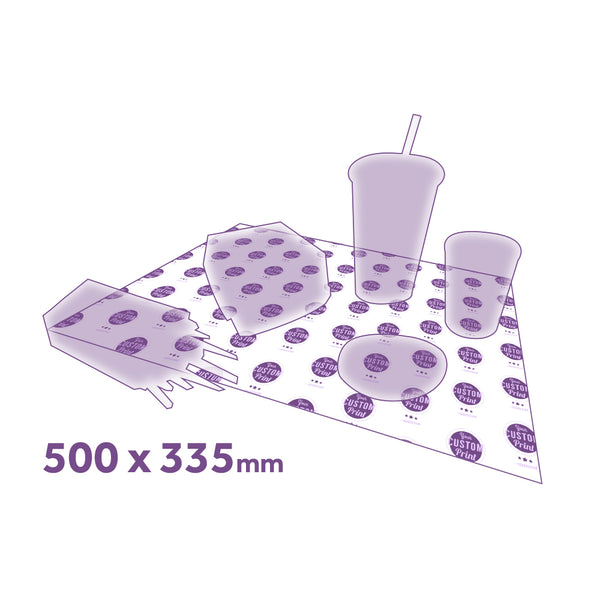The Rise of Plastic-Free Paper Cups A Sustainable Solution for Our Planet
In an era where environmental concerns are more pressing than ever, the quest for sustainable products has taken center stage. Among various items under scrutiny, disposable cups have become a hot topic, particularly regarding their plastic content. Enter plastic-free paper cups an innovative solution that addresses the ever-growing demand for eco-friendly alternatives while helping to combat the mounting issue of plastic pollution.
Understanding the Problem
Every year, millions of disposable cups are used worldwide, contributing significantly to landfill waste. Traditional paper cups, while seemingly better than plastic ones, often contain a plastic lining made from polyethylene. This lining is used to make the cup waterproof and suitable for holding hot liquids. However, this plastic component makes recycling incredibly difficult, as most recycling facilities are not equipped to separate paper from plastic. As a result, these cups typically end up in landfills, where they take years to decompose.
The impact of plastic waste on the environment is staggering. According to recent studies, plastic pollution has detrimental effects on wildlife, ecosystems, and human health. In light of this, the shift toward plastic-free alternatives is both timely and necessary.
What Are Plastic-Free Paper Cups?
Plastic-free paper cups are designed to provide the same convenience of traditional disposable cups while eliminating the harmful plastic components. These cups utilize a biodegradable lining made from materials such asPLA (polylactic acid) or other natural substances derived from plants. This innovation allows them to maintain their structural integrity when filled with hot beverages while ensuring that they are compostable and environmentally friendly at the end of their lifecycle.
Manufacturers are becoming more adept at producing these cups through sustainable practices. For example, many use responsibly sourced paper and environmentally safe adhesives. The emphasis is not just on creating a product that is less harmful to the environment but also on ensuring that the production process itself is sustainable.
Benefits of Plastic-Free Paper Cups
plastic free paper cups

1. Environmental Impact The most significant advantage of using plastic-free paper cups is their reduced environmental footprint. When disposed of properly, these cups can decompose in composting facilities, returning valuable nutrients to the soil and minimizing landfill waste.
2. Consumer Awareness As awareness surrounding plastic waste rises, consumers are seeking out products that align with their values. By choosing plastic-free paper cups, individuals and businesses can show their commitment to sustainability and responsible consumption.
3. Versatility Plastic-free paper cups are available in various sizes and designs, making them ideal for a range of applications, from coffee shops to events and parties. They can even be printed with custom designs, enabling brands to promote their environmental initiatives creatively.
4. Regulatory Support Many governments are actively seeking to reduce plastic waste by implementing bans on single-use plastics. Plastic-free paper cups are often supported by these regulations, which encourages businesses to make the switch and adopt more sustainable practices.
Challenges and Future Prospects
Despite the clear advantages, there are challenges in the widespread adoption of plastic-free paper cups. The cost of production can be slightly higher than traditional options, which may deter some businesses from making the switch. Additionally, not all local facilities are equipped to handle composting, which may limit the effectiveness of these products in certain regions.
However, as the demand for sustainable alternatives continues to rise, innovation will further drive down costs and improve availability. Education and outreach on proper disposal methods will also be crucial in ensuring that these cups make it to compost facilities rather than landfills.
Conclusion
The transition to plastic-free paper cups represents a vital step towards reducing plastic waste and fostering a more sustainable future. As consumers and businesses become more conscious of their environmental impact, embracing these eco-friendly alternatives becomes not just a choice but a responsibility. By supporting plastic-free initiatives and advocating for sustainable practices, we can collectively work towards a healthier planet for future generations. The time to act is now, and with every cup we choose, we shape the environment we live in.



